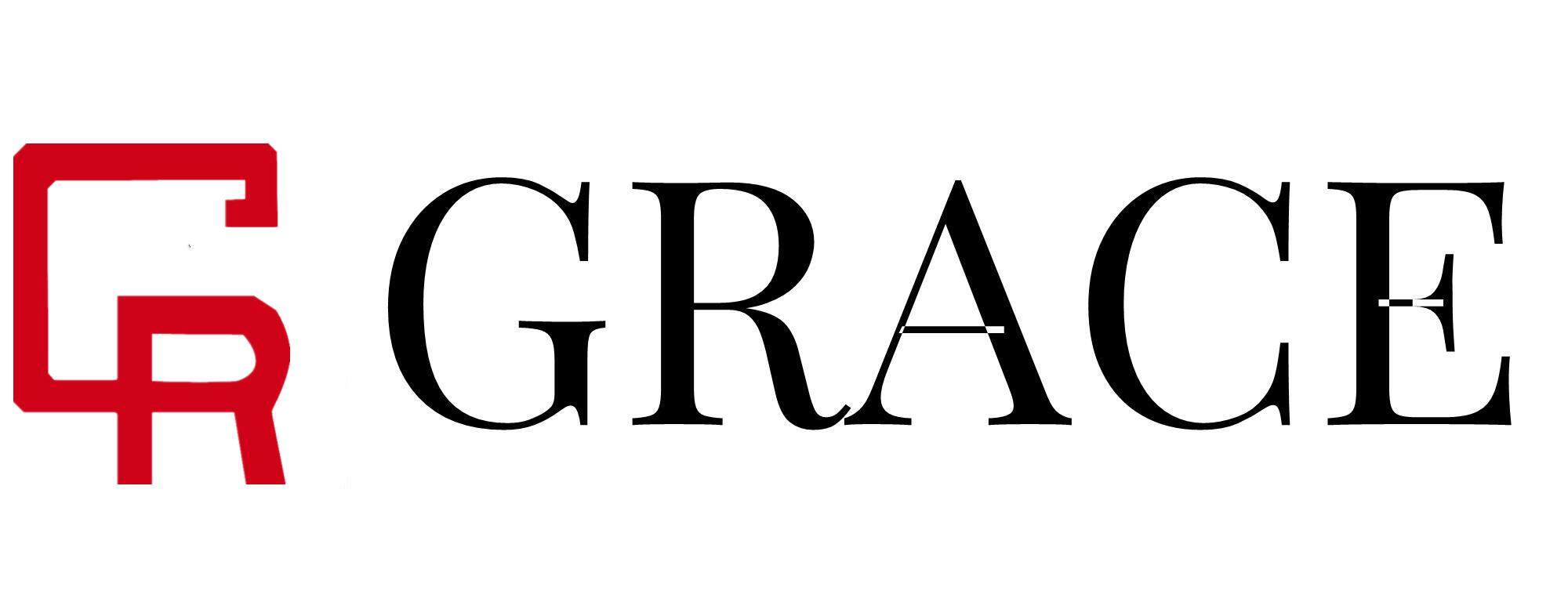About Grace
GRACE is a factory and trading company based in Chongqing, China, with over 10 years of experience in the production and distribution of high-quality rebar couplers and processing equipment. Our range of products includes rebar couplers, such as thread rebar couplers, rebar grout couplers, MBT reinforcing bar couplers, cold extrusion rebar couplers, one touch rebar couplers, and epoxy coated couplers. We also offer rebar processing equipment, including rebar bending machines, rebar cutting machines, rebar thread rolling machines, automatic stirrup benders, and CNC stirrup bending machines.
Learn more
Vision & Mission
Become a supplier for global construction engineering partners to purchase high-quality products from China for export to the world.
To achieve customer recognition and stakeholder satisfaction by committing to the highest level of performance with integrity, creativity and a passion for results.
Learn more
History
the long development history of Grace and qifu, people with entrepreneurial spirit are encouraged to continuously strive for innovation and growth, and to diversify. Our two main activities are the manufacture and trade of construction and living products.
Over the years, we have participated in more than 1,000 large-scale construction or foreign trade export projects in China and around the world, enabling us to develop unique expertise in understanding customers on all continents, providing them with tailor-made construction engineering solutions to Solve the challenges of household goods export.
Learn more











